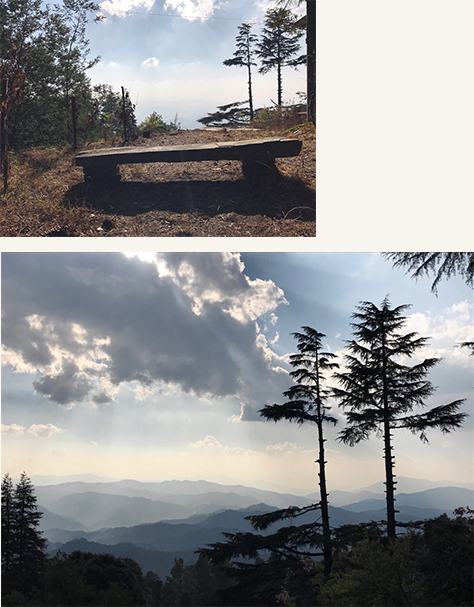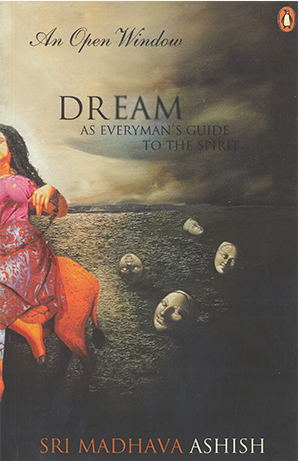‘We find ourselves in this wonderful universe, full of living things that grow and decay – sensitive plants, intelligent animals, singing birds, roaring tigers, and caterpillars that metamorphose into butterflies. And then there are men: wonderful men and horrible men, crude and refined men, dull and brilliant men, the only living beings capable of formulating the question of where everything comes from and what it is all about . . .
‘Might not one arrive at the conclusion that the answer must lie in the greatest mystery of all, namely, what is the nature of the awareness that allows one not only to observe this mysterious universe, but also to know that one observes it . . . this unseeable source of awareness.’
– From the Preface to An Open Window by Sri Madhava Ashish
Sri Krishna Prem and Sri Madhava Ashish taught a path of spiritual inquiry that involved every facet of what makes human beings human.
Sri Krishna Prem wrote: ‘Although this Path is the hidden basis of all religions it has but little connection with any religion as such . . . The path of ‘‘yoga’’ – the method by which man can unite his finite self with Infinite Being – is an inner path . . . When it comes to real practice we must drop the books, useful as they have been in giving a general direction to our aim, and adventure for ourselves along the pathway whose gate is in our hearts.’
Meditation thus forms the core of this journey inwards, whose aim is to see what lies beyond our brief lives: their beginnings and their ends. Madhava Ashish clarifies: ‘Our body forms the walls of our laboratory; our feelings, the power by which we operate; our dreams and visions, the data of the process; our thoughts, the regulators and channels of power; and that which is beyond thought, the awareness of being aware, becomes both subject and object of the investigation.
‘We are adventurers, setting out on a journey of discovery. We hope to discover the truth of our own being, its origin, and its destiny… We must search in the one place where we have first-hand knowledge of anything at all, and that is in the roots of our own consciousness.


